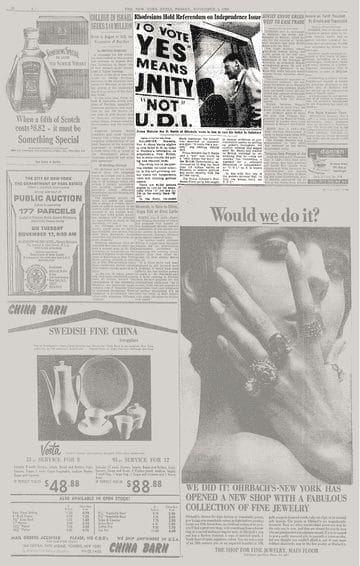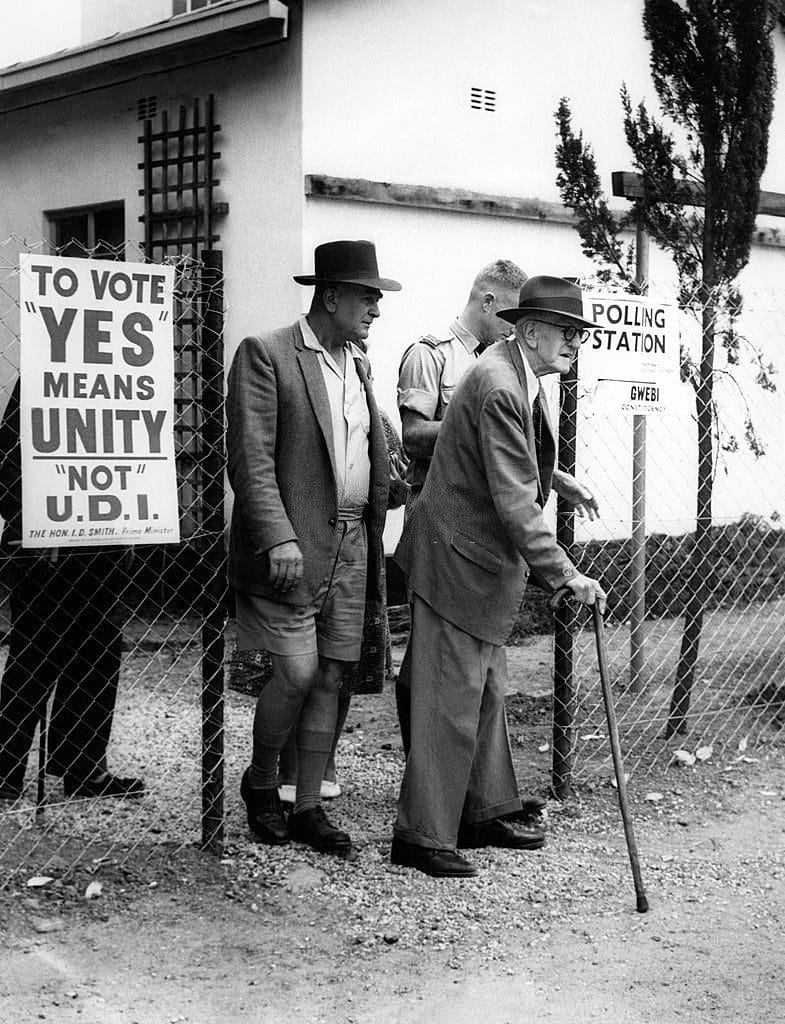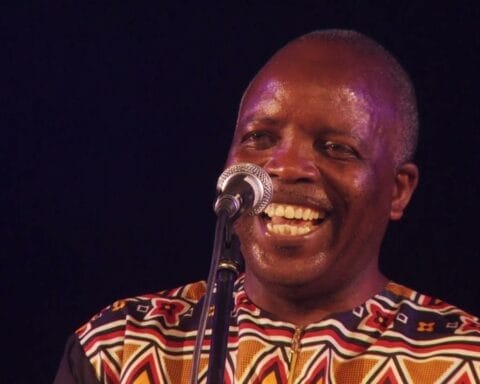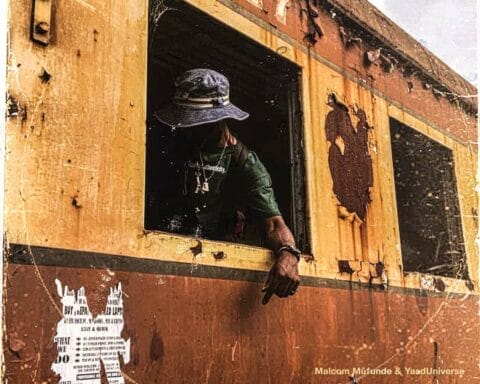This is a digitised version of an article from The New York Times’s print archive. The original article was published November 6, 1964, Page 14.

SALISBURY, Rhodesia, Nov. 5 – Many blacks eligible to vote failed to do so today in Rhodesia’s referendum on independence from Britain, but in white suburbs the polling was reported brisk.
The voting was on the question whether the white minority in this self‐governing colony wants full independence while still retaining political control.
There are 94,269 persons eligible to vote on the essentially white “A” roll and 11,359 on the mostly black “B” roll.
In the dusty, tin‐roofed black townships, the turnout was described as scattered and slow. “It looks like a boycott,” one election official said.
Prime Minister Ian D. Smith said a “yes” vote would be a “shot across the bows” of the British Government’s determination to help the more than 3.8 million blacks in Rhodesia to achieve political and social equality with the 217,000 whites.


The Prime Minister’s Rhodesian Front party had sought to counter evidences of prereferendum apathy by putting up posters throughout the country. Interest had sagged after Mr. Smith had reacted to British warnings by announcing that he would not consider the referendum a mandate for a unilateral declaration of independence, or “U. D. I.” as it is known here.
In line with this, one of the posters stressed that “to vote yes means unity not U. D. I.”










